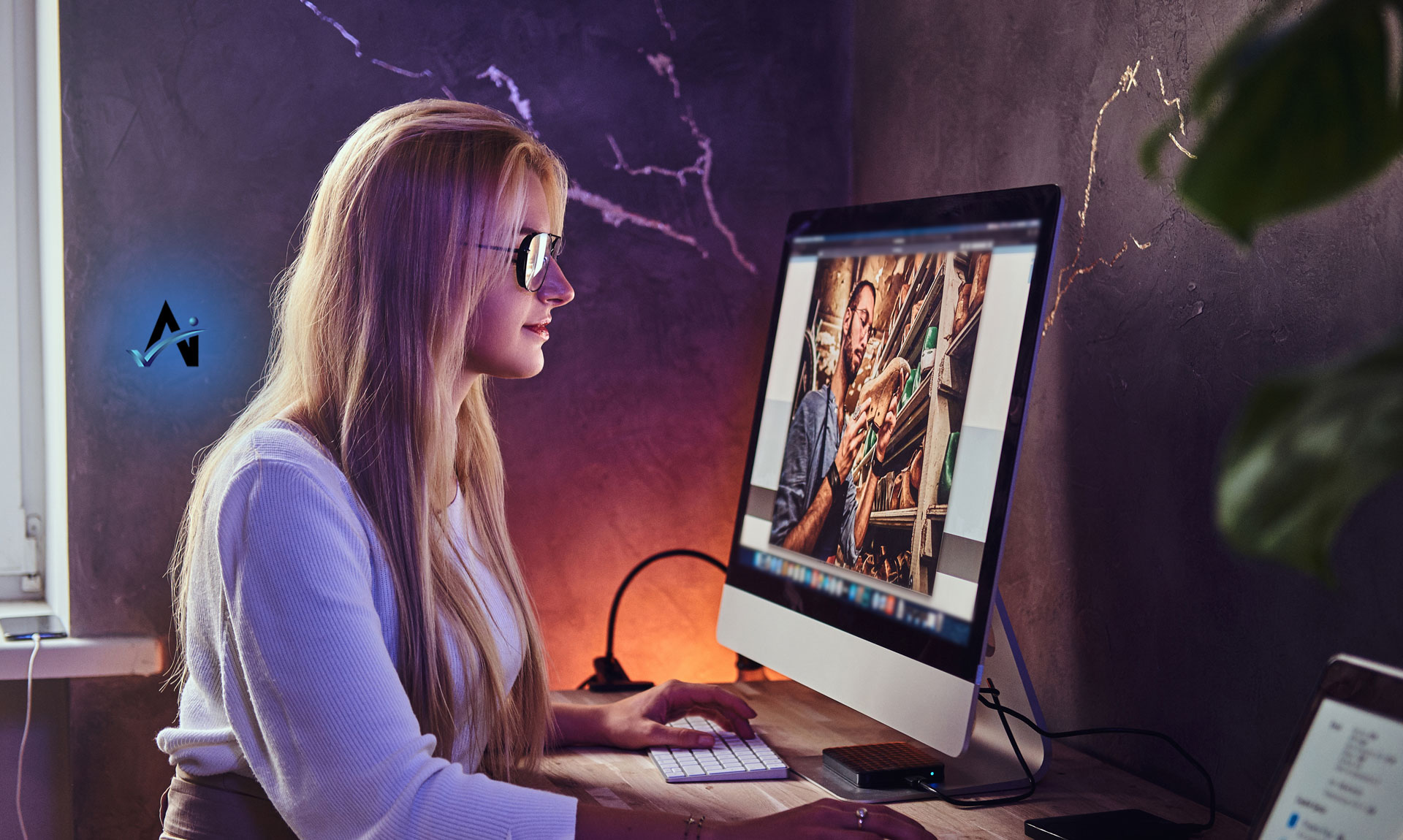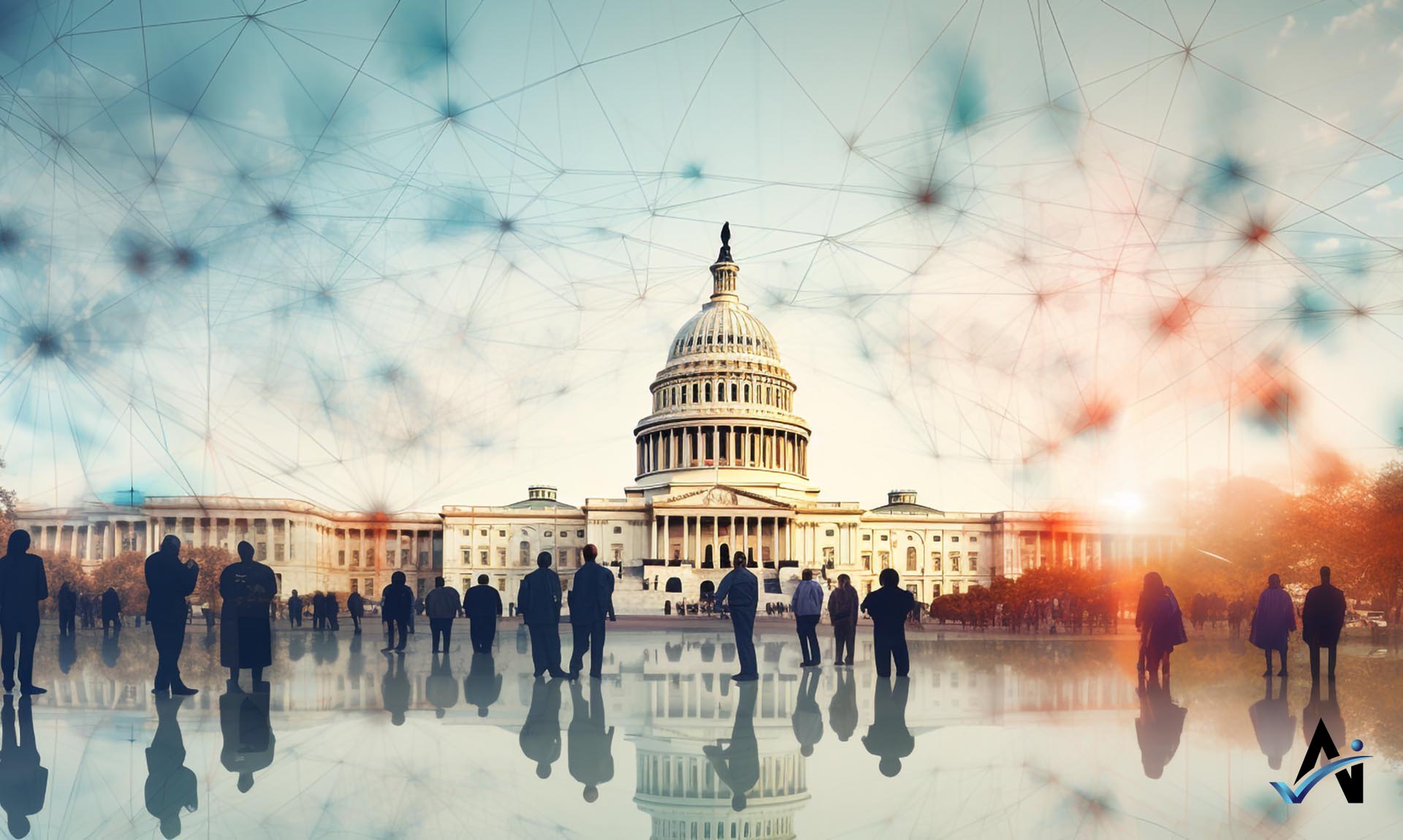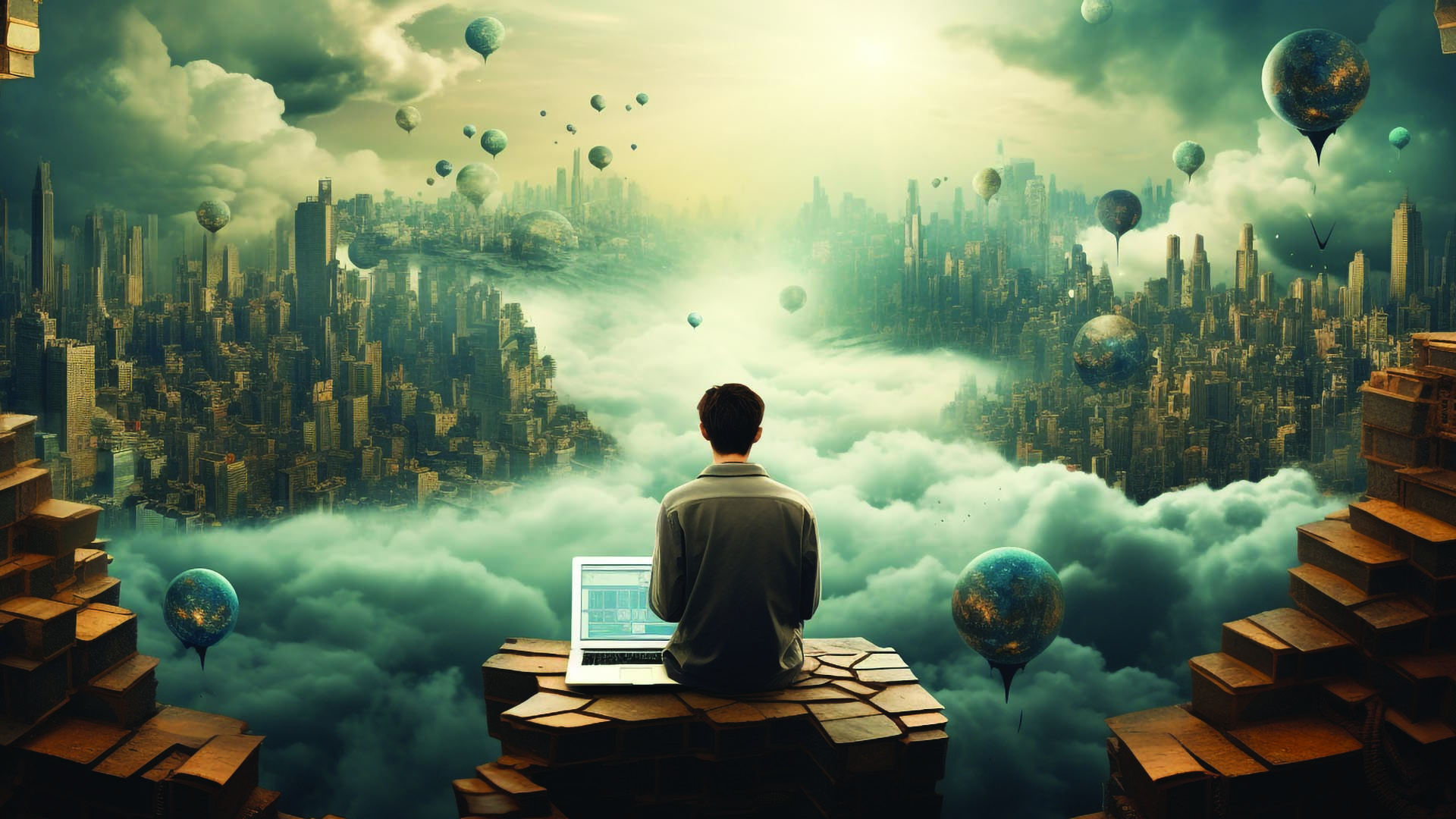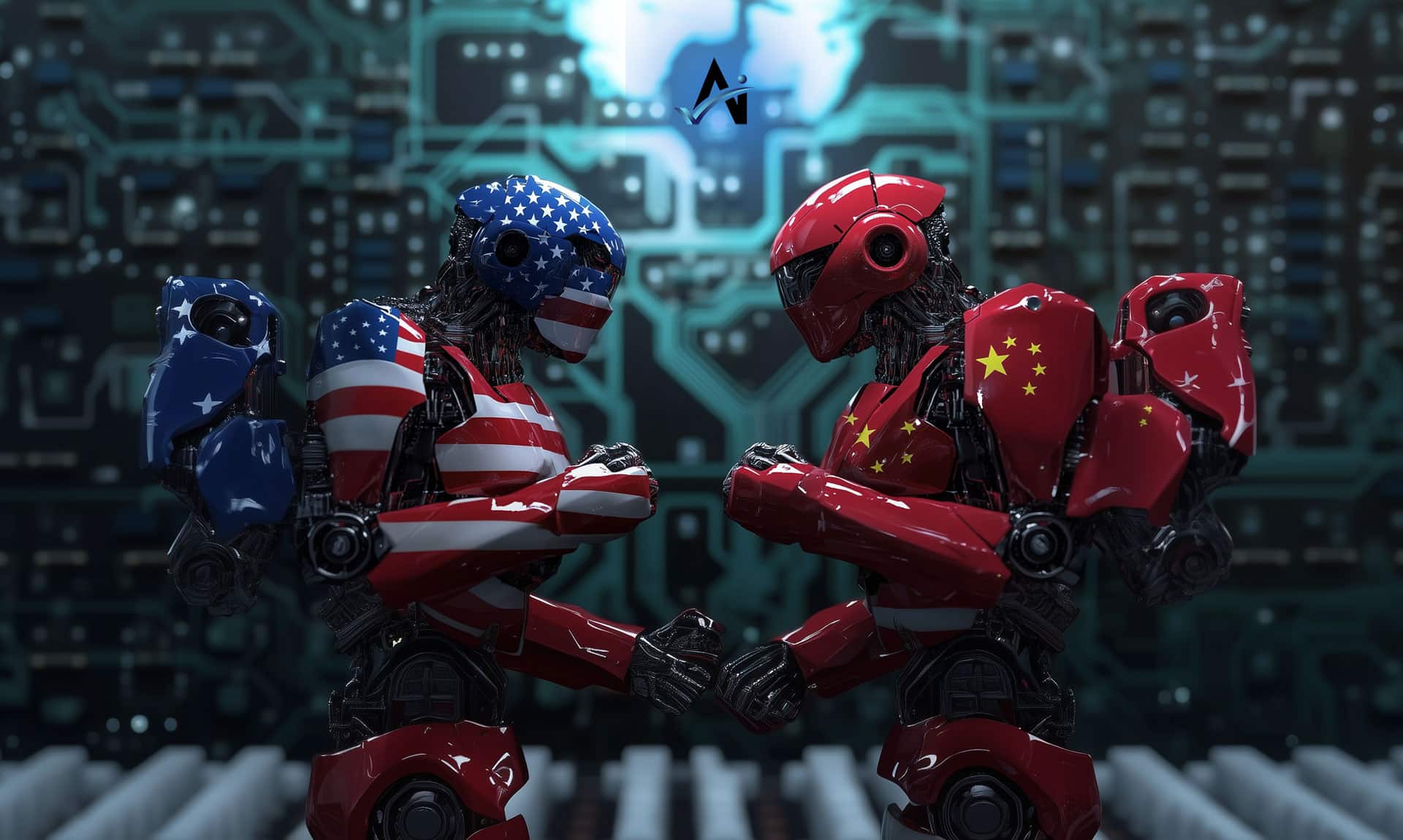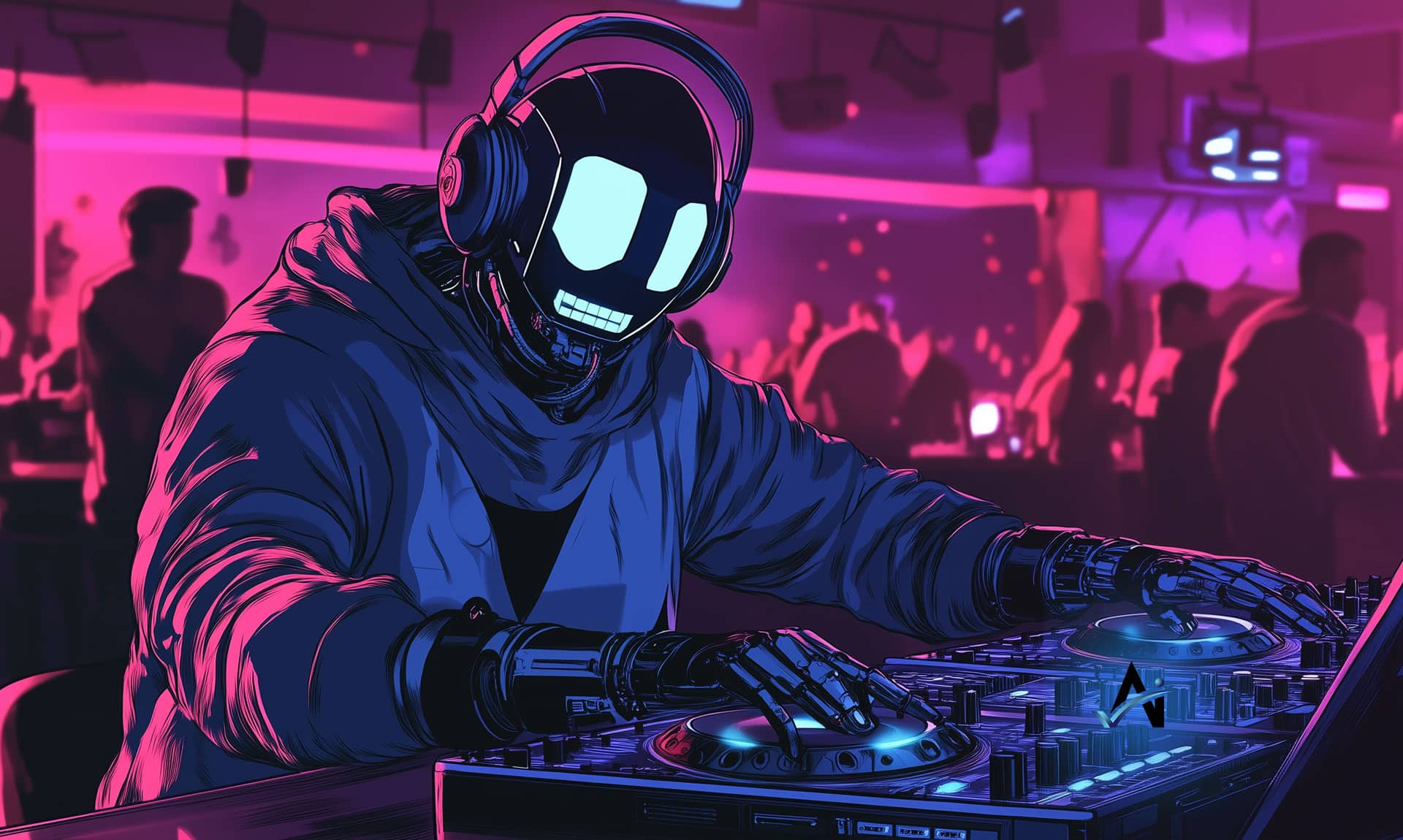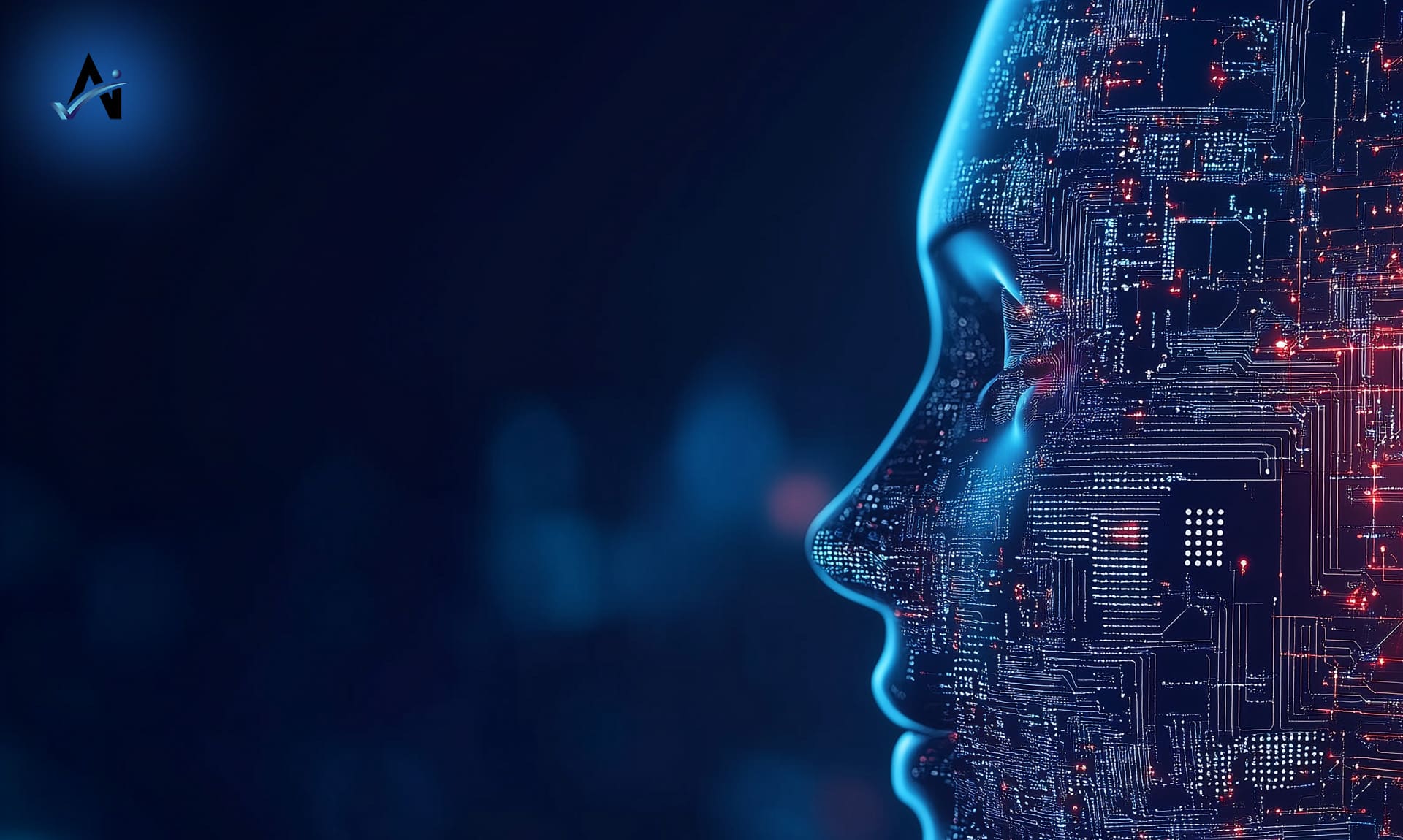Artists and AI: Ethics as an Afterthought.
The Impact of Technology on Visual Arts: Artists’ Ethical Concerns, particularly artificial intelligence (AI), are reshaping the landscape of visual arts. These changes are not just technological but also raise significant ethical questions that deserve attention.
AI Art Generators: A New Challenge Previously, we discussed AI’s role in evaluating artworks against community guidelines and its struggles to comprehend context. However, a different breed of AI is emerging and posing a threat to artists’ livelihoods: prompt-based AI art generators.
These AI programs are engineered to create digital artworks within seconds, driven by user prompts. What’s concerning is that they’ve been trained on copyrighted images without the original creators’ consent. Consequently, almost anyone with a basic vocabulary can visit a website and, in a matter of 5-10 seconds, generate what appears to be a “unique” piece of art.
Ethical Dilemmas and Questions Raised The widespread availability of this technology has sparked ethical dilemmas. It threatens artists who’ve spent years cultivating their distinct styles. It’s essential to address the following critical questions:
- Impact on the Art Market and Traditional Artists: What will be the consequences of AI-generated art on the traditional art market and the livelihoods of artists?
- Replacing Graphic Designers: Will companies forgo the need for graphic designers and opt for AI to create their logos, media, and presentations?
- End of Illustrators for Publications: Does this mean illustrators will no longer be needed for the creation of picture books and book covers?
- Commissioning vs. AI-Prompted Art: Will people abandon the practice of commissioning artists, instead relying on AI programs to produce works in their preferred style?
- Originality of AI-Generated Art: To what extent can AI-generated art be considered truly original and creative?
- Ownership and Responsibility: Who should be held responsible for AI-generated art, and who ultimately owns it?
- Reflecting Biases: Can AI-generated art inadvertently reflect the biases of its creators and perpetuate existing inequalities?
Current State of AI Text-to-Image Generators As of the time of writing, three primary AI text-to-image generators exist: DALL-E2, Midjourney, and Stable Diffusion. Notably, Stable Diffusion is the only one transparent about its training process. However, concerns linger about potential copyright infringement issues with the others.
Controversies and Bans The issues surrounding consent have prompted certain platforms to ban AI-generated art entirely. This includes two prominent US anime conventions and various artists and editors within the comic industry, who have decided to prohibit AI-generated art submissions.
The Future of AI-Generated Art While some argue that AI-art generators can enhance artists’ productivity by rapidly creating prototypes for clients, there’s a looming threat. As these technologies become more proficient in accurately fulfilling prompts, professions that rely on creativity and artistic talent may face a significant challenge.
Financial Implications AI-generated art is already impacting artists’ income. For instance, Botto, an AI creation, produces a staggering 350 new images weekly, shared, voted on, turned into NFTs, and auctioned off, amassing nearly USD$1 million. This shift in revenue allocation could have substantial repercussions for the traditional art community.
Unprecedented Creations and Legal Actions In a striking example, Midjourney used AI to create a children’s book over a single weekend, replacing what would traditionally involve an illustrator’s contributions. These developments have even led to legal action, with three artists filing a copyright infringement lawsuit against Stability AI, Midjourney, and DeviantArt for using their art without consent.
Artistic Expression and Ethics The article concludes by highlighting the importance of considering the ethical dimensions of technology’s impact on the arts. While technology offers numerous benefits, the arts community must scrutinize whether these advantages outweigh the ethical concerns raised.
In Summary: The evolving role of technology in visual arts is undeniably transformative, yet it is fraught with ethical complexities. Artists, creators, and society as a whole must grapple with these issues as technology continues to reshape the canvas of visual expression.
latest video
Get Our Newsletter
Never miss an insight!

